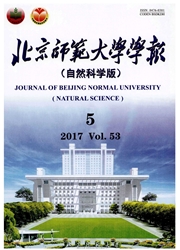

 中文摘要:
中文摘要:
介绍了适合于研究真实的集合种群动态的3种空间现实集合种群模型:关联函数模型、状态转移模型和模拟模型,简述了它们各自的建模过程,指出了3种模型各自的前提假设、应用时的局限性以及模型结果的优点和不足之处.关联函数模型简单易用,适合于研究局域种群能够快速达到栖息地斑块承载力的处于随机灭绝一再殖平衡状态的集合种群;状态转移模型无需假设集合种群处于平衡状态,适合于研究拥有多年的局域种群灭绝和再殖数据的集合种群;模拟模型是与种群真实动态最为接近的能够同时描述集合种群及其各局域种群动态的模型,适合于研究对种群的生物背景知识非常了解且收集了大量数据的集合种群.结合各模型的优缺点及适用范围,根据所研究对象的特点及掌握的数据,就可以选择出合适的模型来研究集合种群的动态.
 英文摘要:
英文摘要:
Incidence function, state transition and simulation models for spatially realistic metapopulation were compared in terms of main modeling procedure, assumptions, limitations of application, and characteristics of results. The incidence function model was found suitable for highly fragmented metapopulation in stochastic extinction-colonization equilibrium; state transition model widely was found to be used for metapopulation with high turnover rate; whereas the simulation model could be used for population dynamics at both mega-size and local, population levels, especially suitable for metapopulation with detailed background knowledge and data.
 同期刊论文项目
同期刊论文项目
 同项目期刊论文
同项目期刊论文
 期刊信息
期刊信息
